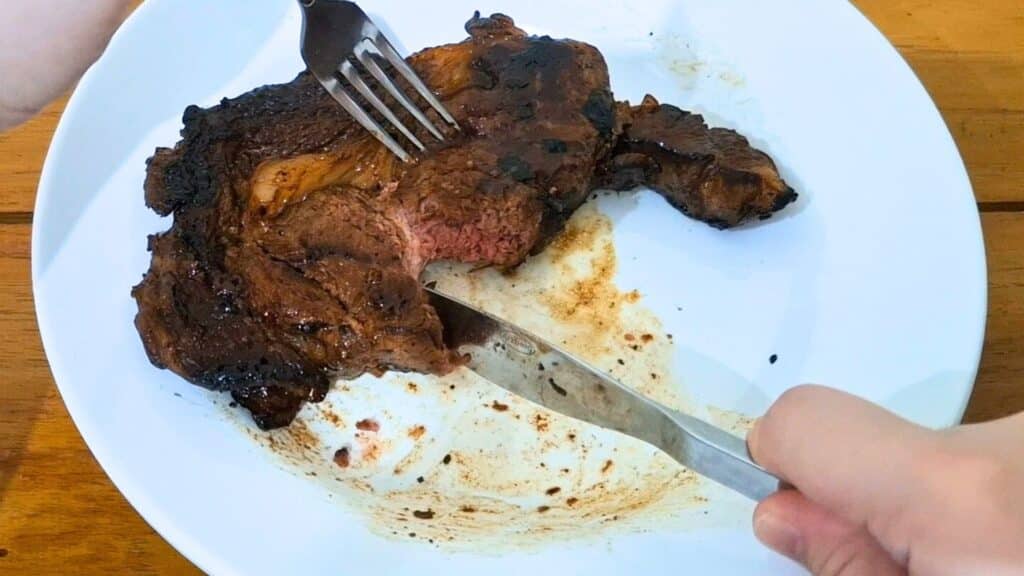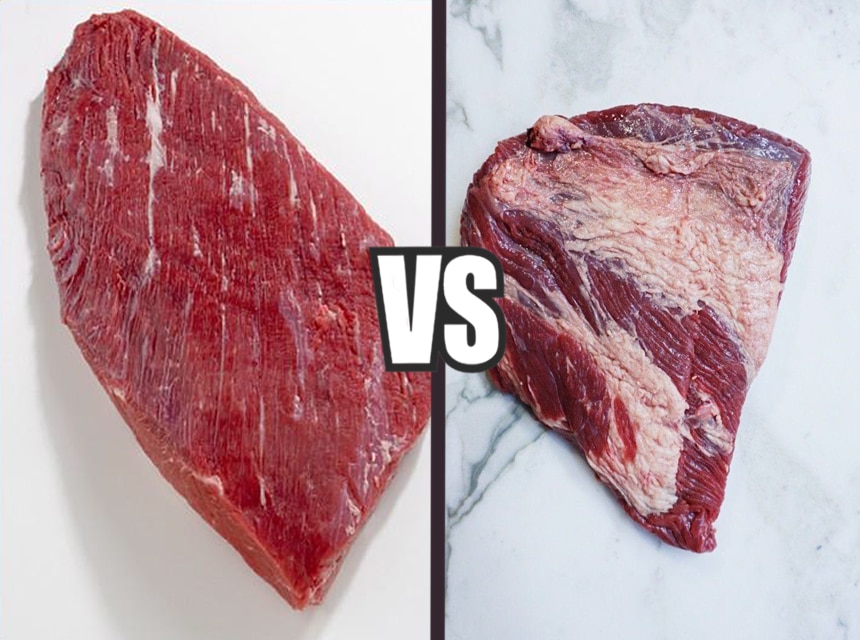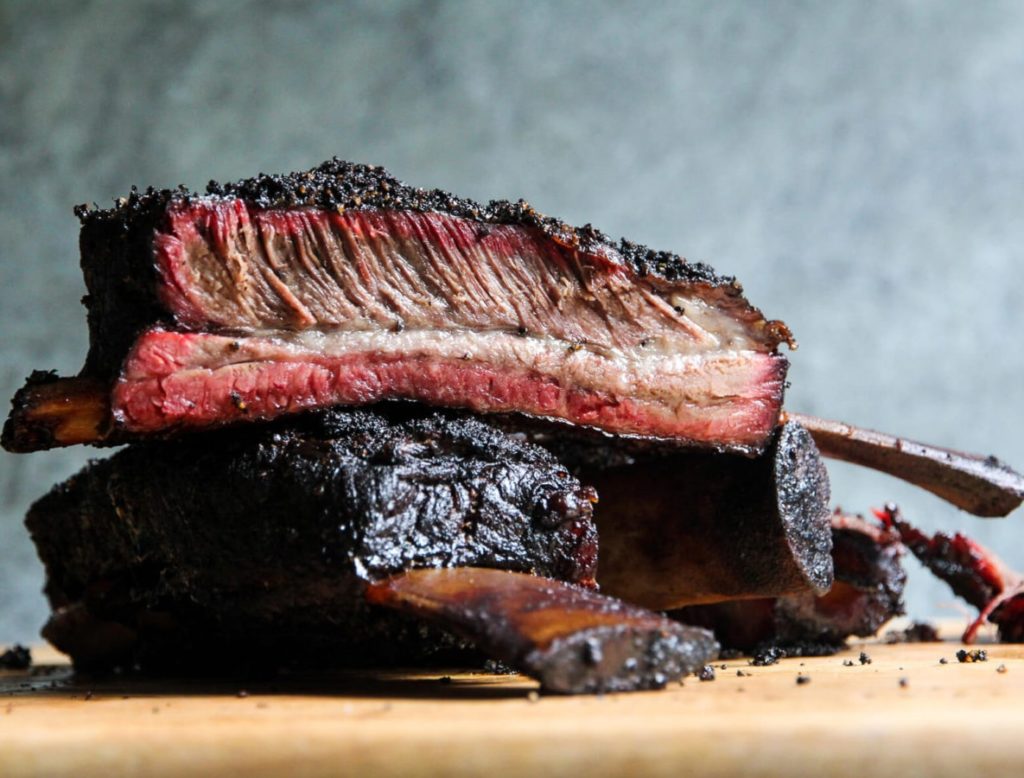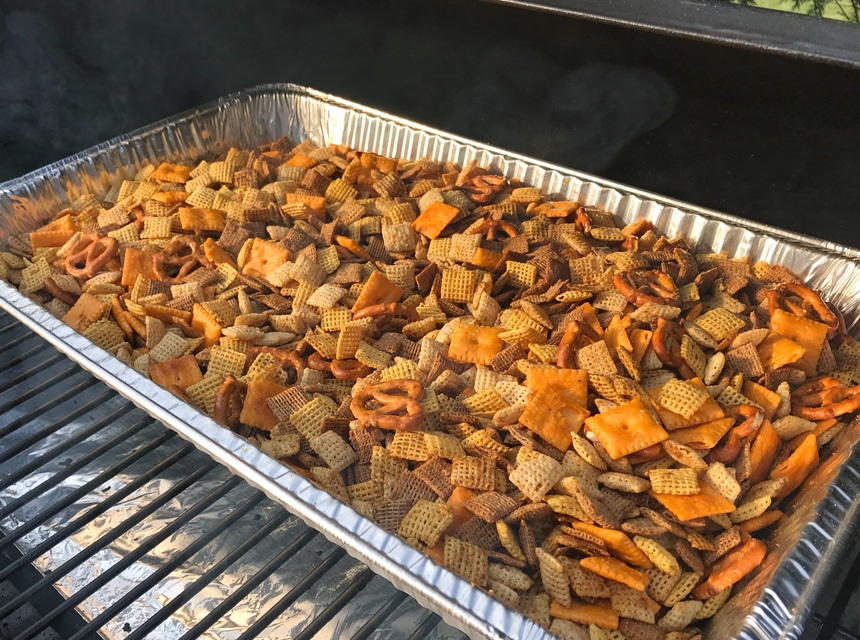

Fat might be an atrocious word to throw around as regards people and might even be so when used to describe meals. Still, they are essential to your diet, especially if we are talking animal fats because they are important to the flavor of meat.
The flavor they enhance is one of the reasons why animal fats are an ideal substitute for cooking oils in many homes. One of the best animal-sourced cooking fats Trusted Source The Seven Great Cooking Fats—Ranked! | Food & Wine Are all fats created equal? Josh Ozersky doesn’t think they are. Here, what he thinks of as the eternal hierarchy of Seven Great Greases. www.foodandwine.com around, if we take this reputable lifestyle website seriously, is the beef tallow or rendered beef fat.
You don’t have to take our word for it, though; you could always just learn to cook your own beef tallow from this article and see just how much improved the taste and flavor of your cooking would be.
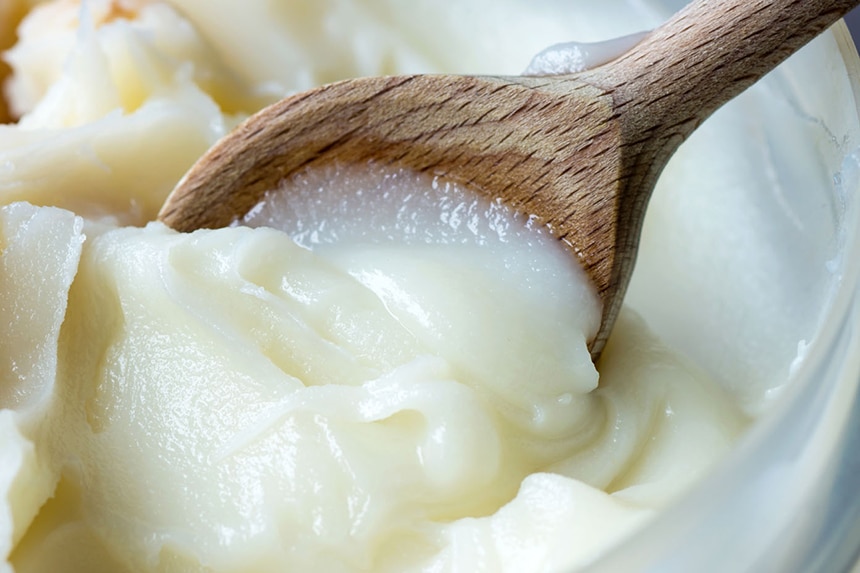
Beef tallow is the solid, paste-like fat that is obtained from rendering and cooling beef fat. Personally, we consider it to be one of the best cooking oil alternatives. It makes economic sense to utilize the fat rather than throwing it away after trimming a beef brisket (to prepare a smoked corned beef, perhaps).
As well as a cook, though, you could also use the beef tallow to fry stuff. While environmentalists and vegetarians could still point to this use of beef tallow and find faults in the source or processes taken in attaining it, you would be maximizing the resources that can be obtained from the cow, and that should be worth something.
Obviously, to cook your homemade beef tallow, you’d need beef fat. This is the same way you’d need chicken fat to make schmaltz and pig fat to make lard. As such, when you purchase or cut out your chuck roast to make a smoked pulled beef for friends, rather than throw away the sliced out fat, you could repurpose it for making tallow and save yourself the costs on cooking oil. However, if you’re doing the cutting up yourself or outsourcing the butchering of the animal to professionals, you could have them keep the leaf fat around the kidneys as this is the prime fat to use. Personally, though, we prefer to get the already cut and processed white beef fat directly.
Don’t look so disgusted at the suggestion. According to CNN and a couple of reputed news sources, McDonalds fried their “vegan” French fries with beef tallow Trusted Source McDonald's sued for using beef fat in fries - May 3, 2001 McDonald’s Corp. said Thursday it “has always used” beef flavoring in its French fries, refuting allegations made in a class action lawsuit brought against it by a vegetarian lawyer. money.cnn.com back in the day, which caused quite a rancor. The relevant point to take there is that if the big food companies are interested in using beef tallow to improve the quality of their food and conserve their resources, why shouldn’t you.
However, the beef fat is simply the major ingredient you’d need as there are still a couple more things to have before your fat becomes tallow. In total, you should have the following ingredients and tools (in the quantities prescribed) to make about 30 servings of beef tallow:
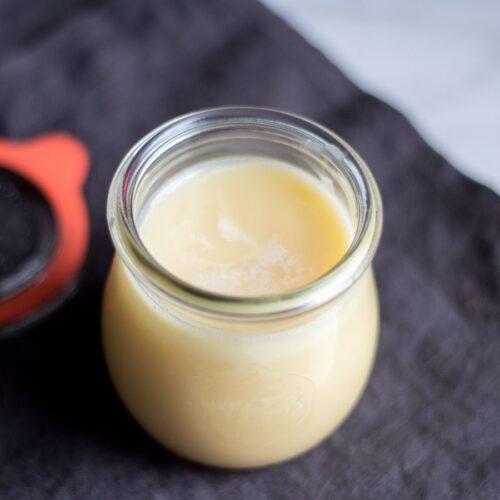

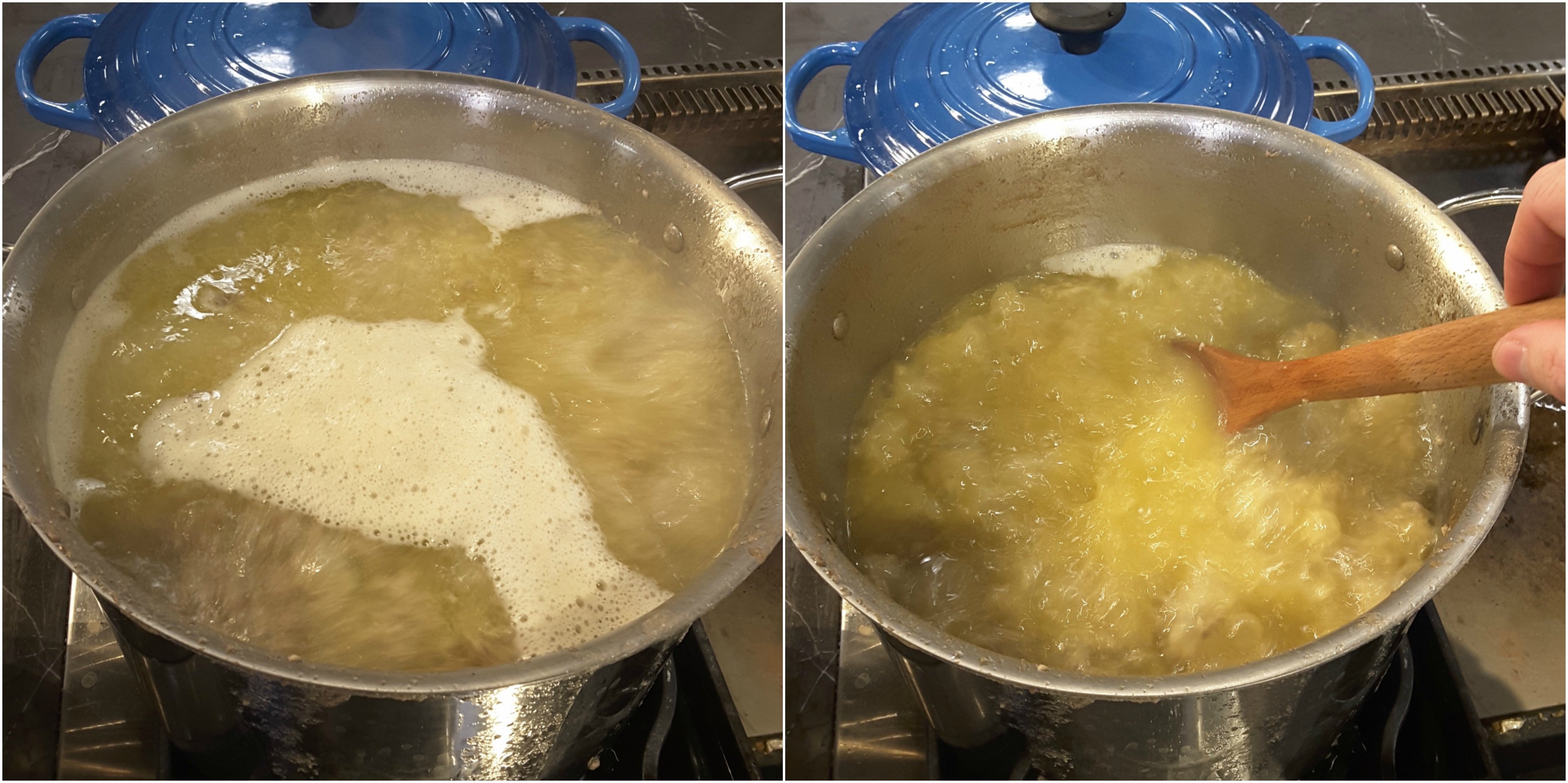

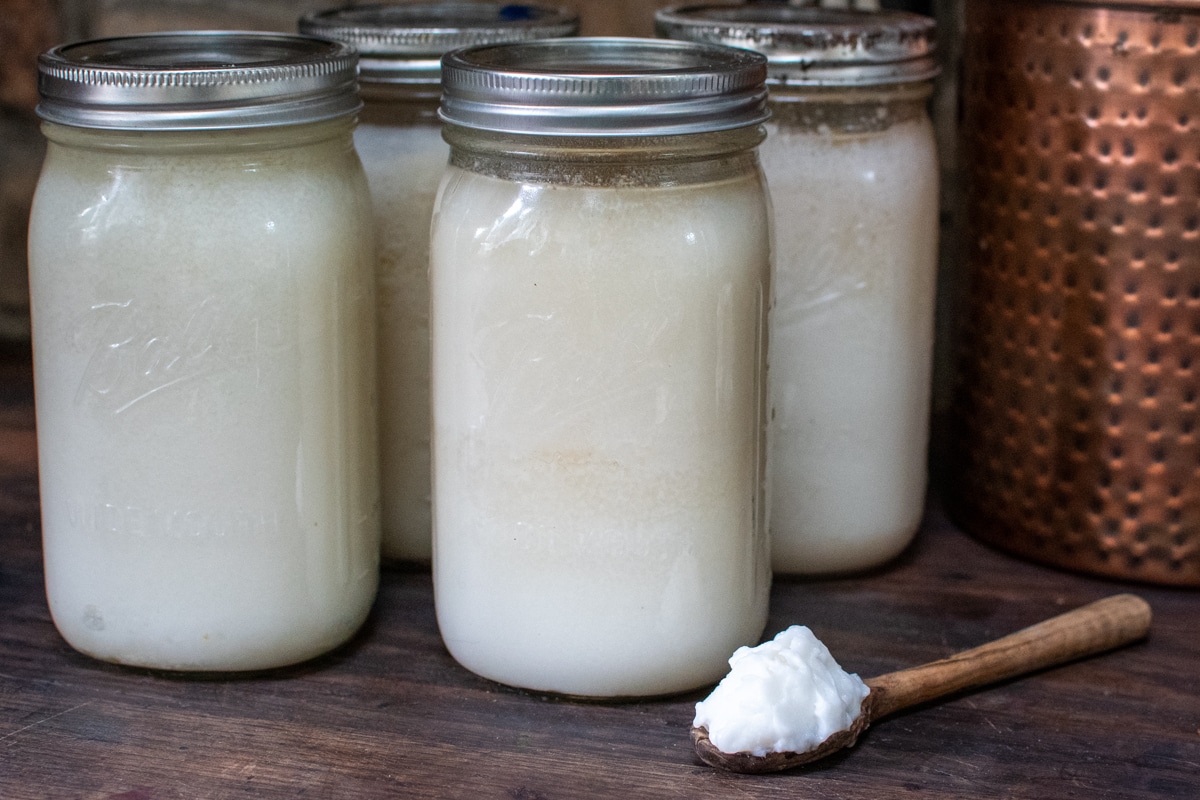
Nowadays, after a lull in the use of beef tallow for a while, people are starting to grow wise once again to the economic advantages of using beef tallow rather than a cooking oil, leading to renewed popularity.
However, beef tallow is not like peanut butter that can be consumed by itself and rather, people incorporate it into recipes to improve meals and foods. Some of these food recipes that could do with a good helping of beef tallow are:
Granted, you might notice while melting or using your beef tallow that it has a beefy odor about it. Some might find it to be a good aroma, but others might find it offensive, and depending on where you stand, you might not be the biggest fan of beef tallow.
However, as previously implied, even restaurants use this product, representing advantages that modern living standards should appreciate. For starters, it is conservation-positive and economical.
Secondly, it is quite a storage stable at room temperature, meaning that there would be little need if any for refrigeration. Arguably, the best part, in our opinion, is that it can be homemade and can be tweaked to suit your purposes and made from spare fats.
Considering the emphasis of the world on sustainability, it’s high time you got started on making your beef tallow and joined the homemade cooking movement.
